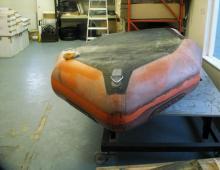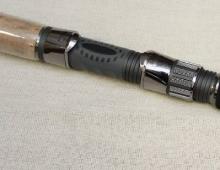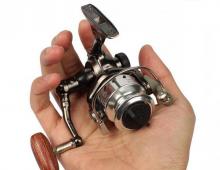How to make a homemade pvc boat anchor
2 6 114 0
A lot of fishermen make their own bait and tackle for fishing. No exception is such a fishing thing as an anchor.
An anchor is necessary when fishing from a PVC rubber boat; without it, the boat will be blown away by currents or gusts of wind.
There are a large number of ways to design an anchor. It happens that fishermen do without an anchor, but use ordinary bricks, sandbags and other things to secure the boat. But there is a big minus here, they are not able to properly fix themselves at the bottom of the pond and you have to adjust the place where the boat is standing (swim up) and periodically transfer the load. And this not only causes discomfort, but also scares the fish. Therefore, we advise you to purchase an anchor in a store, but it is better to design it yourself in order to save money.
Anchor selection and requirements for its structure
The anchor must be securely and firmly clinging to the ground to keep the boat in the right place for the angler. In order for the boat to stand very firmly and not move with a large current of the river and wind, we recommend using several anchors at once (at least two). One of them will be abandoned near the bow of the boat, and the other near the stern. The fishermen say “to stand on the boat in a stretch”, therefore, to gain a foothold with two anchors.
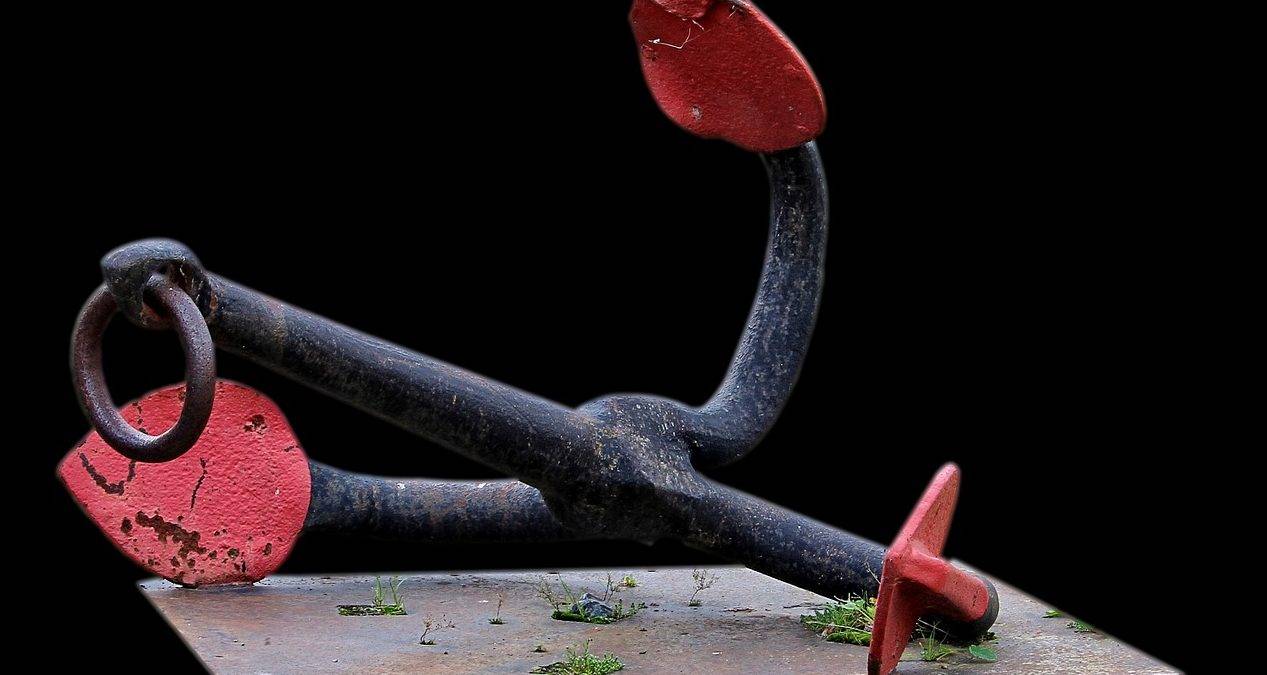
The main disadvantages of using other types of boat strengthening (stones, bags, bricks):
- Large dimensions and weight (it happens that you need to hold the anchor with one hand, and do something else with the other, for example, this will not work with a bag).
- It is necessary to smooth the pointed edges of the load so as not to spoil the boat (for example, with bricks or rails).
- A lot of time is lost on strengthening the load (it is difficult to tie a large stone or brick tightly).
Of course, alternative anchors can be used, but only on the bottom heavily covered with stones.
The main disadvantages of the store anchor:
- Of course, the high price;
- Purchase of low-quality (defective) goods.
Therefore, a self-made anchor will be the best option, if you make it according to all the rules, it will meet the following features:
- The ability to perfectly hold the boat in place. This is affected by the mass of the anchor.
- Fast and easy to get rid of hooks. So that the anchor does not remain at the bottom.
- Mobility during transport.
- anti-corrosion ability.
- Optimal weight and, of course, comfort when handling it.
We determine the size of the rope and the weight of the anchor
- Make the necessary calculations.
- Or decide on specialized tables.
Basically, the weight of the anchor is calculated based on one percent of the length of the boat and its own weight. As a result, it turns out that for a 420 kilogram boat, an anchor with a weight of 4.2 kilograms is needed, in general, five to six kilogram anchors will easily cope with boats weighing up to 600 kilograms.
Ropes for tying anchors are divided into:
Natural.
Consisting of such material as hemp and the like (rarely where you can find it now).
Synthetic.
Consisting of nylon thread or durable nylon (very durable, they are not affected by sunlight and do not rot).
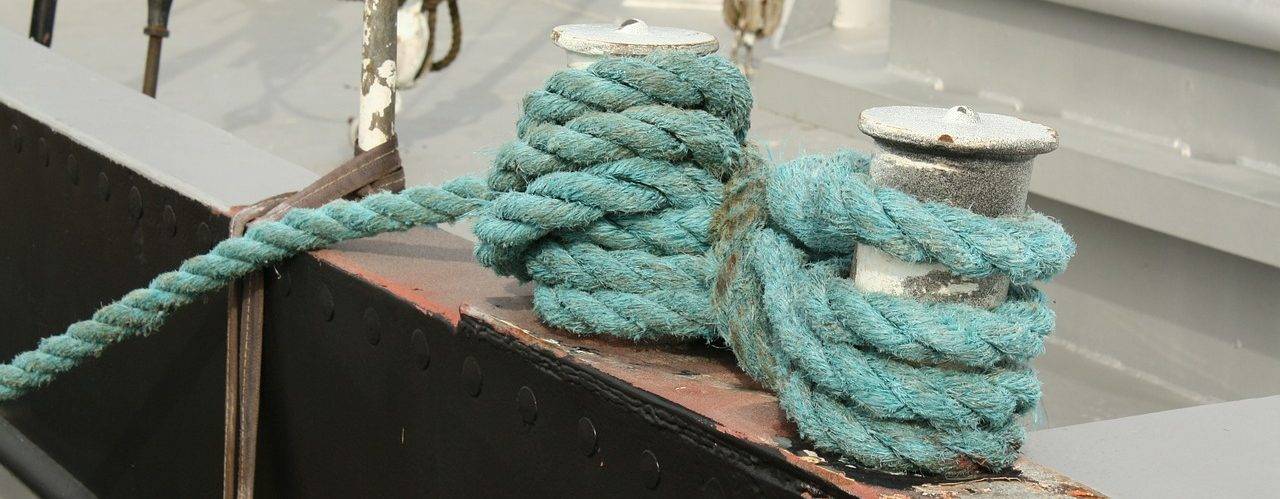
The effort to break the rope at the distance of its beginning to the anchor must be seventy times the weight of the latter. It is better to use twisted type ropes, at least 10 millimeters in diameter (smaller ones will hurt your hands). Along the length, the rope must be taken five times more than the depth (especially on rivers with a large current).
We construct a typical collapsible type anchor
Consider the components of such an anchor:
- Steel tube with a length of 270 millimeters and a diameter of 25 millimeters.
- A molten piece of lead (about two kilograms).
- Nut with sleeve M12 (25 mm).
- Steel strip - two pieces (with dimensions of 260x40x4 mm) and two smaller sizes.
- Rings made of metal (two pieces).
Now the manufacturing details:
- Weld a bushing to the end of the tube.
- We take steel strips and go through the edges with sandpaper.
- From the strips we make paws and at the beginning of one of them, we weld a couple of strips to prevent the structure from scrolling.
- We strengthen the paws on the stem and fix the nut.
- A hole is made on the other side of the anchor and prepared rings are welded to it with a nut (it is necessary for comfortable getting the anchor from the depth and ease of assembly).
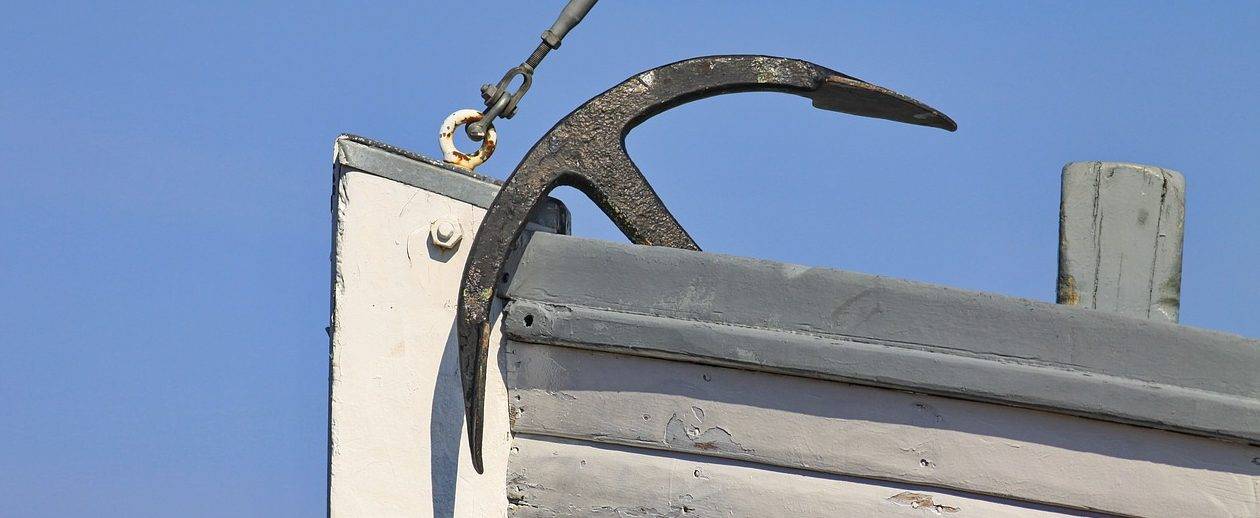
To make the anchor more firmly located at the bottom, you can pour molten lead into its stem. Most experienced fishermen prefer this anchor design.
Anchor of the Kurbatov method
The Kurbatovsky anchor is considered the easiest to manufacture, therefore, after all, this anchor, and not the one indicated above, is more often made at home.
For its production, you do not need to have a special material, just a few details:
- Steel strips with a thickness of three millimeters.
- A metal rod with a length of 12 millimeters.
- A wire with a diameter of about eight millimeters (no longer needed).
You can start making:
- We take the wire and make something similar to a “spindle” out of it.
- To the upper part of the “spindle”, using welding (or rope), we attach planks that will help turn the paw, and also provide excellent grip on the ground of the reservoir.
When there are a lot of stones at the bottom, the Kurbatovsky anchor is replaced with a kind of blank.
Anchor cat and anchor pyramid
If you have a three-meter or four-meter boat, then you can’t do without a cat’s anchor. The anchor of such a structure has the ability to fold and its paws can be set at your discretion. They move with the help of a special clutch along the entire shaft of the “spindle”. They are good in moments of calm, but with a strong wind the cat will not fit, it will slide off the bottom (to prevent slipping, they are made heavier due to lead).
In conclusion, I would like to tell you about the manufacture of another common type of anchor, which is the pyramid anchor. As you may have guessed, the name comes from the appearance of its shape. Anchor can be made in two ways.
Method one:
- To produce an anchor, you need lead (solid) and the shape itself, such as a pyramid.
- They take metal sheets and bend them accordingly (so that the pyramid comes out).
- The sheets are fixed with wire and the desired shape is obtained.
- Now you can dig a hole in the ground and determine the shape there.
- It remains to fill the mold with molten lead mass.
Before the lead solidifies, it is necessary to install a wire ring in the mold (it will serve as a fastener).

